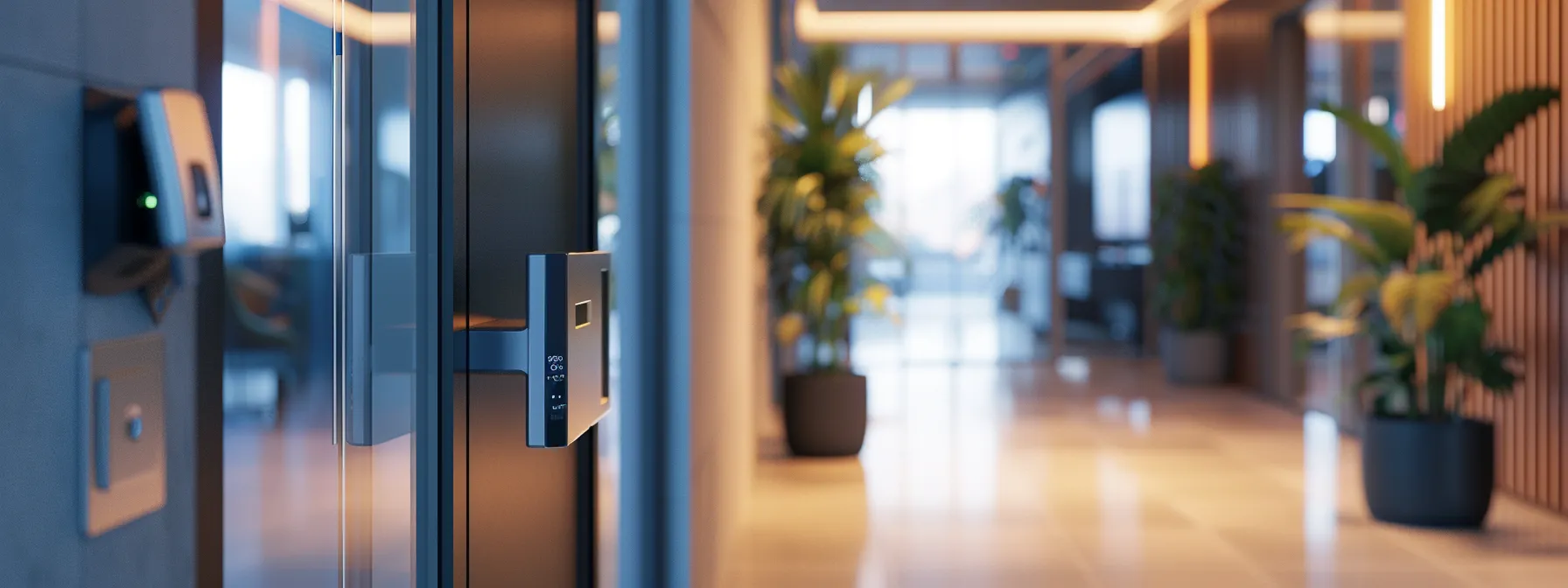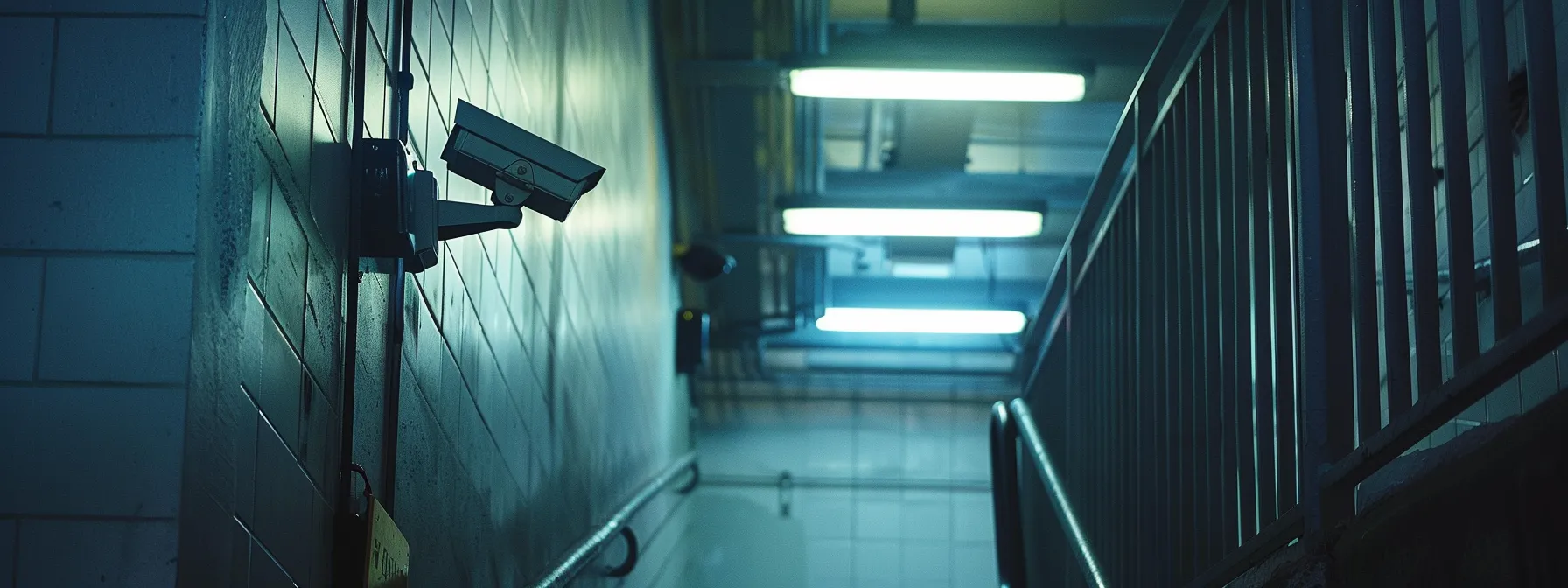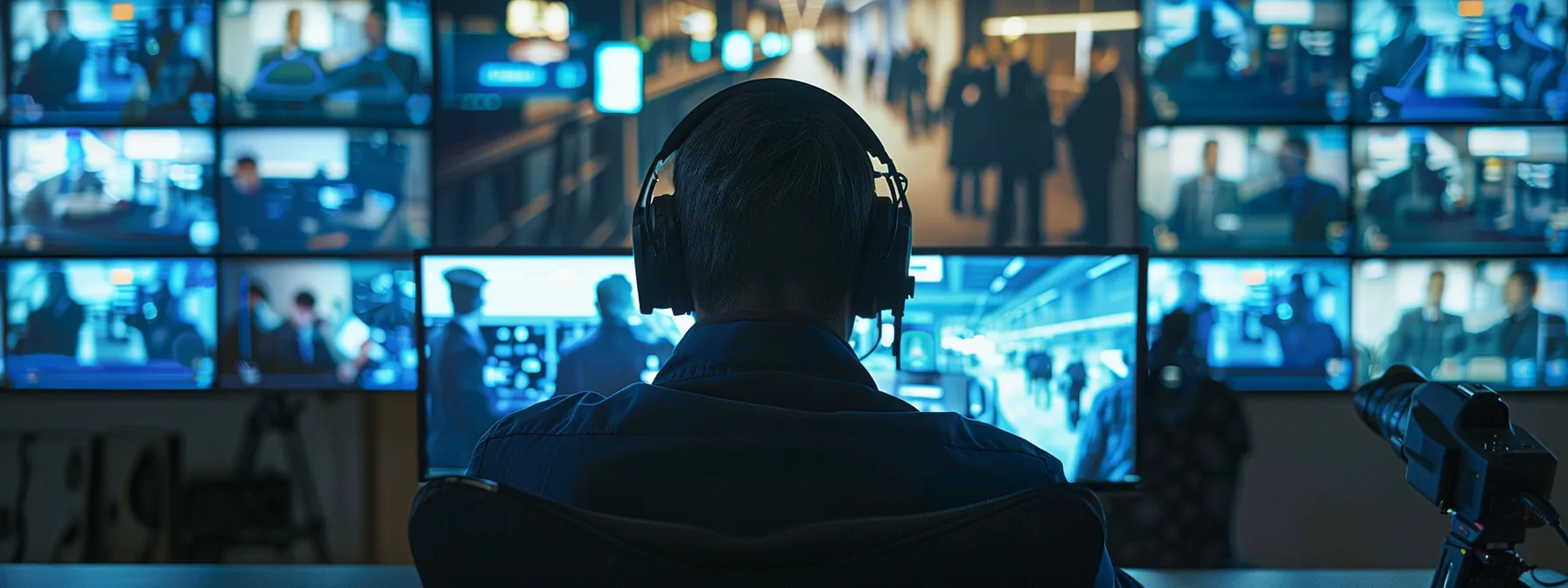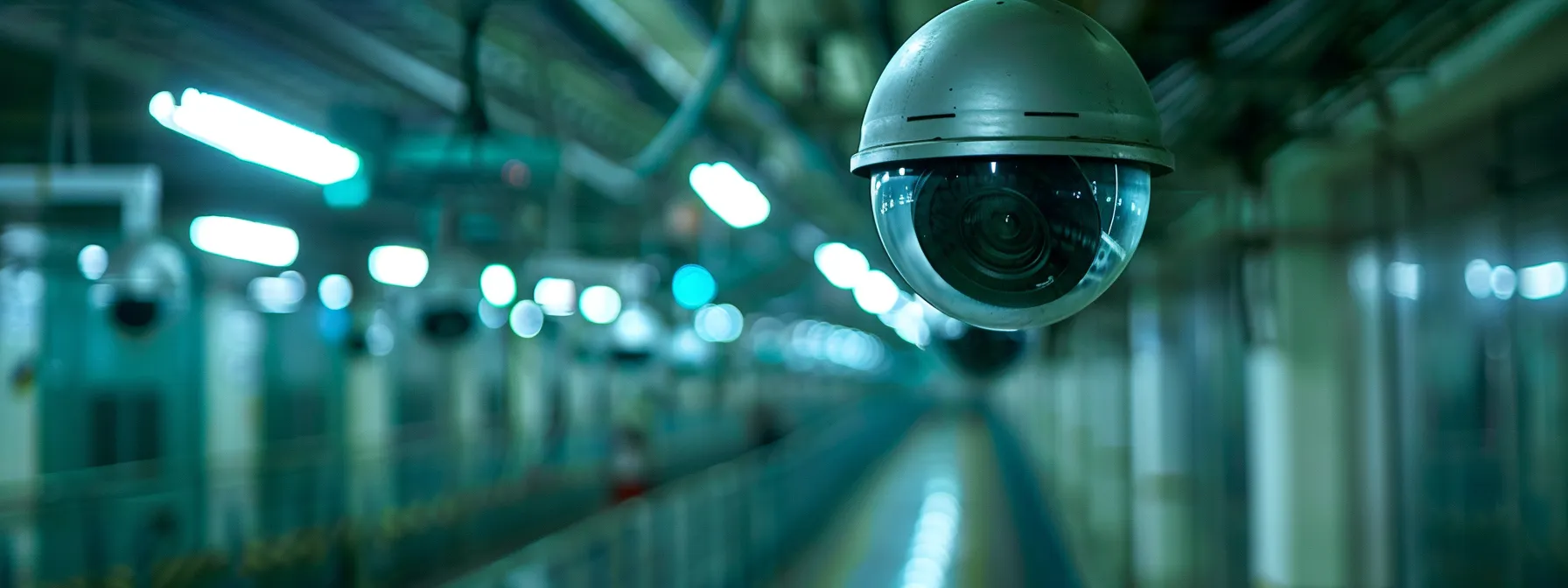When we consider bolstering the security of a building, combining door access control and security cameras is indispensable for a robust defense strategy. This integration offers unparalleled control and monitoring capabilities that help prevent unauthorized access and provide real-time surveillance. Together, they form a layered security approach that ensures the safety of assets and individuals within the premises. Keep reading to discover how an integrated system can enhance your building’s security and what to consider when implementing one.
Exploring the Symbiosis of Door Access Control and Security Cameras for Building Safety

Blending access control with security cameras can amplify the effectiveness of each system independently. Access control systems manage who can enter or exit premises, while cameras monitor these activities visually. When integrated, they allow for verification of credentials against visual identification, providing higher security accuracy.
An advanced level of integration merges door access control and security cameras in one streamlined platform. This simplifies administration and enables comprehensive oversight over all aspects of a building’s security from a single access point, enhancing the efficiency and reliability of the security operations.
Real-time alerts are pivotal in averting security breaches, and with these systems integrated, managers can receive immediate notifications of suspicious activities. The integration also paves the way for better event tracking, enabling security personnel to swiftly respond to incidents. This is especially critical during high-traffic times when manual surveillance becomes more challenging.
Access Control and Video Surveillance: A Dual Approach to Security Measures

Working in tandem, access control systems and security cameras offer a potent preventive strategy against security incidents. By enforcing access limitations and providing surveillance, this duality ensures that only authorized personnel are allowed entry. Any attempt to circumvent these controls is captured on camera, creating a formidable obstacle for intruders.
Organizations can configure systems to enforce varied levels of security for different zones within a facility. For example, public areas may require less stringent controls than restricted sections containing sensitive information or valuable equipment. Tailoring solutions to the specific security needs of each area maximizes effectiveness and resource allocation.
An integrated security system can also help ensure safety and order in emergency situations. Rapid lockdown capabilities can isolate incidents or hazards, while camera feeds provide live updates for a clear assessment and informed decision-making by first responders and security teams.
The Role of Technology in Streamlining Security Operations

Technology advancements have revolutionized security operations. Cloud-based solutions facilitate remote management of security systems, offering unparalleled flexibility and accessibility. Administrators can adjust settings, review logs, and view live camera feeds from any location, ensuring constant oversight over the facility’s security posture.
Artificial Intelligence (AI) and machine learning algorithms are increasingly used to analyze the vast amounts of data generated by these systems intelligently. They can detect patterns, predict potential security threats, and even automate routine tasks, thus freeing personnel to focus on more critical security tasks.
Another technological breakthrough is mobile credentials, which offer a convenient and secure way for individuals to gain access using their smartphones. By leveraging biometrics and encryption methods associated with modern mobile devices, these credentials enhance user experience and tighten security.
Key Considerations When Implementing an Integrated Security System for Your Facility

When implementing an integrated security system, assessing the facility’s specific needs and risks is crucial. A thorough risk assessment should be the starting point, pinpointing vulnerable areas, valuable assets, and potential threat vectors. This helps in designing a system tailored to the building’s unique requirements.
Another priority is ensuring compliance with legal requirements and industry standards. Regulations may dictate specific measures for data protection and privacy. Proper due diligence will safeguard against legal complications and ensure the system adheres to all necessary guidelines.
Cost is always an important factor in decision-making. While integrating access control with security cameras is an investment, it should be weighed against the potential cost of security breaches. The long-term savings from preventing theft, vandalism, and other incidents can be substantial, justifying the initial expenditure.
Overall, the evidence is clear that an integrated approach to building security enhances a facility’s safety and integrity and streamlines security operations and incident response. By considering the insights and recommendations discussed, organizations can lay the groundwork for a secure and protected environment across all fronts.
